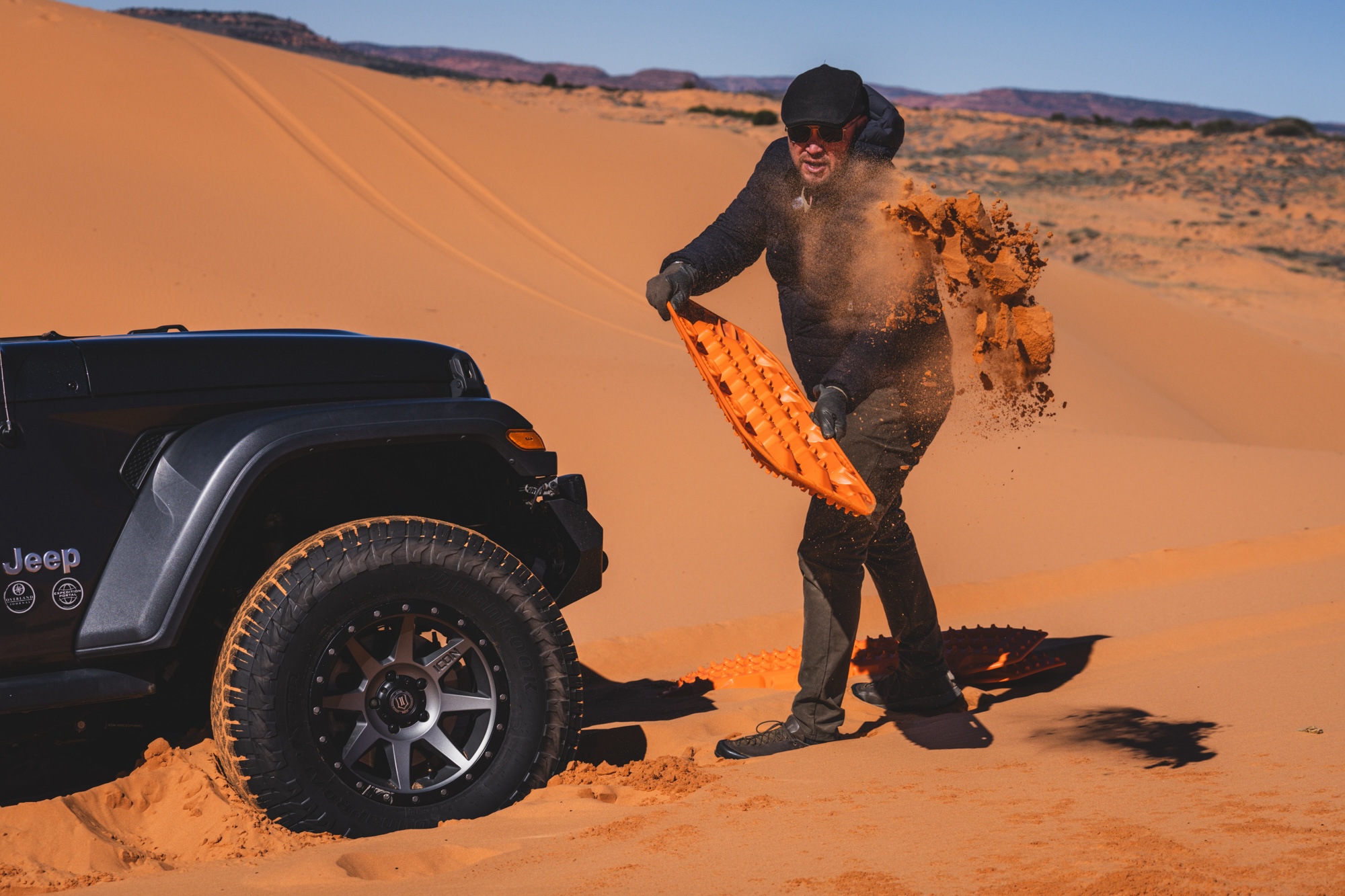Join us for episode five of our educational series on Tires for Overlanding, where we review selecting various tires, driving and recovery, vehicle preparation, Tread Lightly, and more. For this fifth episode, we discuss the fundamentals of overlanding recovery techniques, including using traction boards, a vehicle-mounted winch, and conducting a vehicle-to-vehicle recovery using a kinetic strap.
Presented by Hankook Dynapro Tire
Fundamentals of Vehicle Recovery:
- Training is the most important investment in vehicle recovery. Find an I4WDTA trainer, local 4WD club course, or premium .gov/military/civilian program like Overland Experts and get trained. It pays enormous dividends in keeping you and the vehicle safe.
- Stop as soon as the vehicle fails to make progress. Getting unstuck is far easier when the 4WD is not buried to the chassis.
- In many scenarios, gently rocking the vehicle and steering the front wheels back and forth will aid the self-recovery.
- Once stuck, take a moment to assess the situation and determine the safest and most appropriate actions.
- Communicate the plan clearly to others in the group. Establish the chain of command to limit distractions and confusion.
- Unload the tools you need to do the job and inspect the equipment for damage and proper load ratings.
- Safety: Don gloves and protective eyewear before rigging, digging, or recovering the vehicle. Secure loose clothing and hair.
- Move non-essential personnel outside the hazard zone When starting any recovery.
- Lower the tire pressures to increase flotation and/or improve traction. Start with a pressure equal to the wheel diameter or half of the vehicle manufacturer’s recommended tire pressure (whichever is greater). Even lower pressures may be required on soft surfaces.
- Dig! Reduce the recovery load and resistance by digging out in front of the tires and removing material against the chassis.
- Slow and easy wins the race. Few recovery scenarios require excessive speed or wheelspin, so go easy on the throttle.
- Traction boards are safe and effective recovery devices, particularly in sand, snow, and mud. Use low wheelspin until mounted on the traction board (preventing damage to the tire and board), then add throttle to use the board’s length to gain momentum.
- For vehicle-to-vehicle and winching recoveries, ensure the connection points are rated to the pull and properly rig the equipment.
- Remember that getting stuck and unstuck is all part of the joys of overland travel. Practice regularly to keep skills fresh and to work as a team.
These suggestions and the included video are not step-by-step instructions but serve as information and a general guideline to help increase awareness of recovery techniques. They serve as a primer for additional training and practice. Get trained, and have fun!
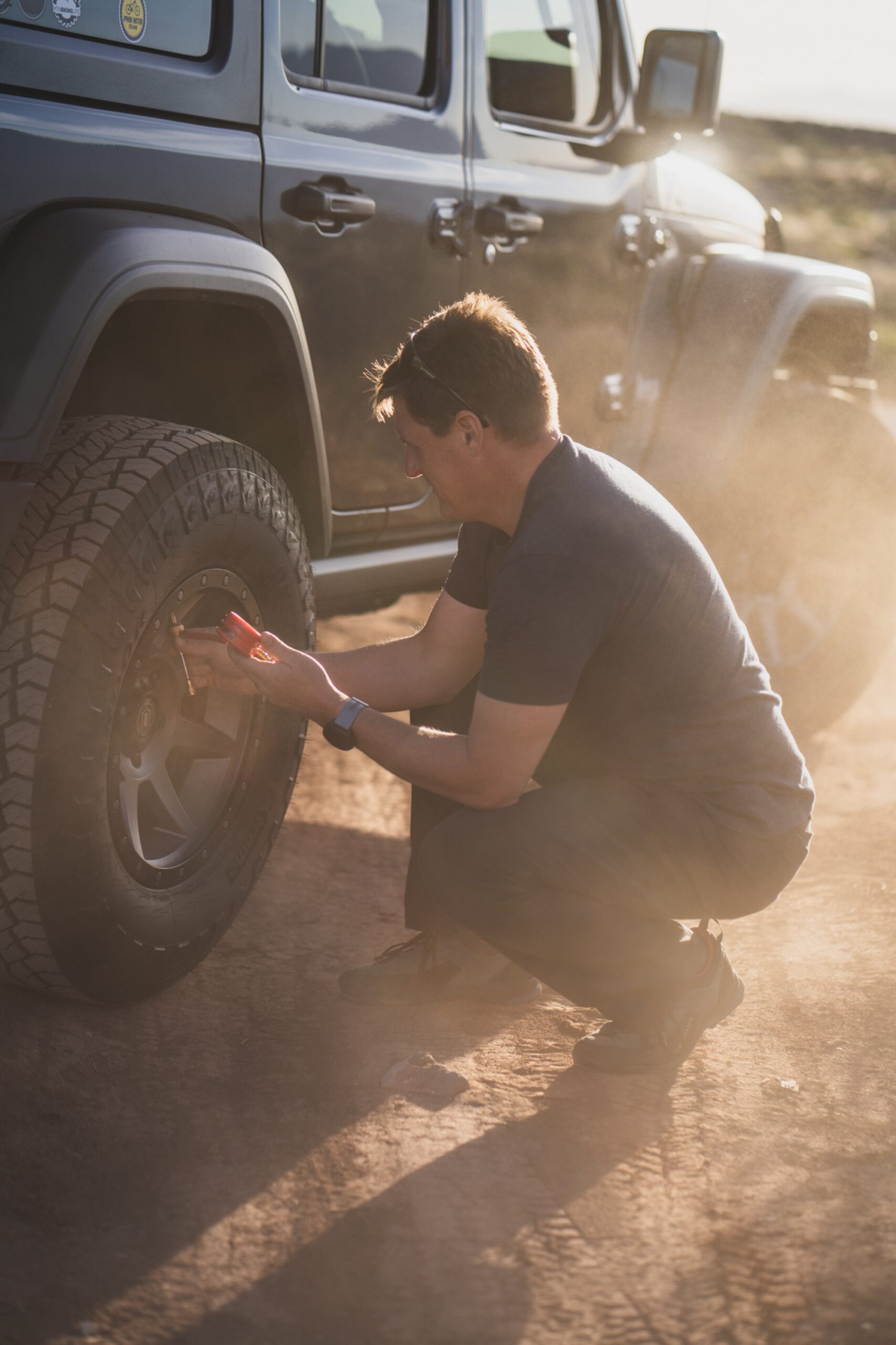
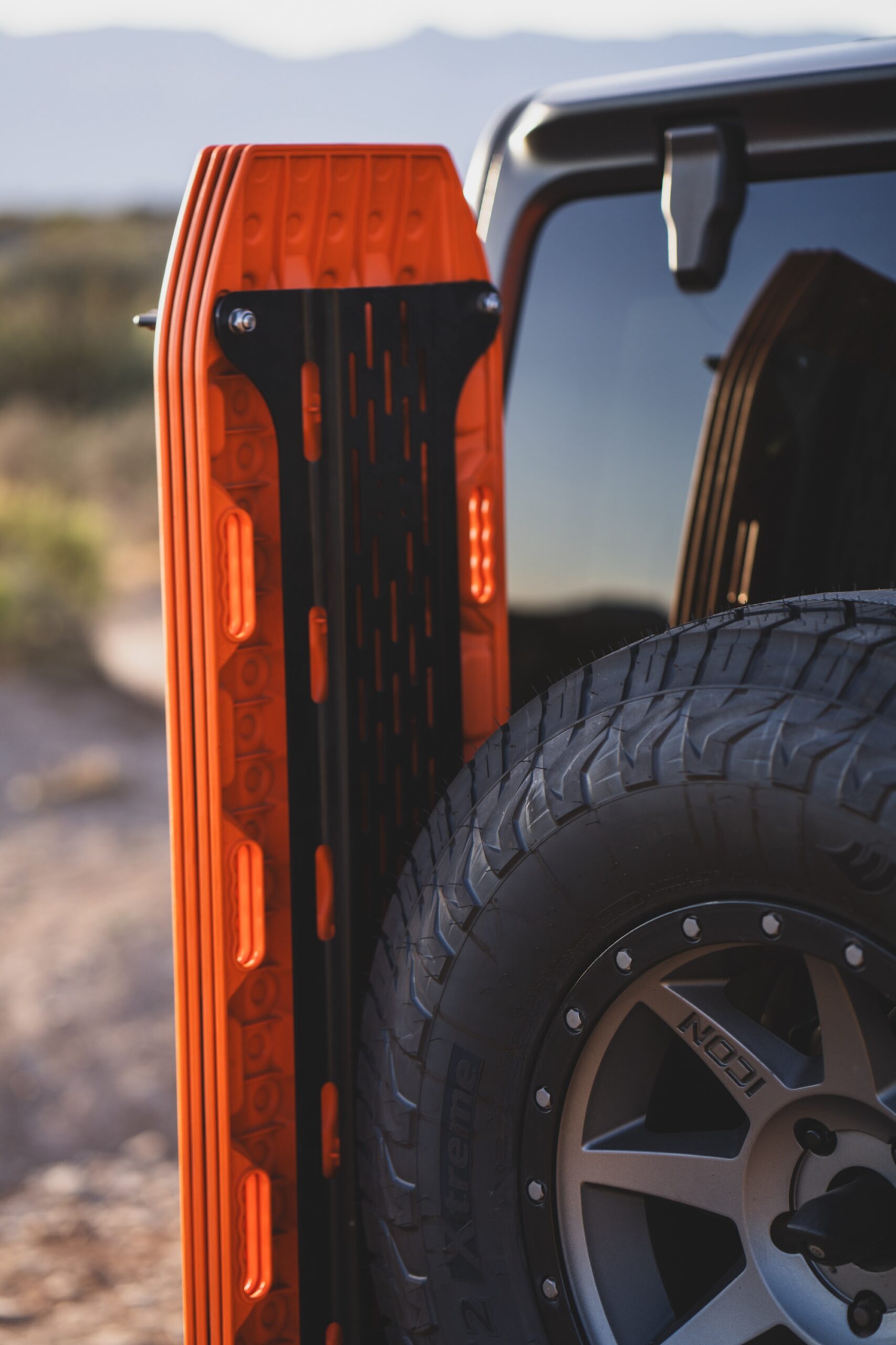
Two of the most effective and lowest cost tools for getting unstuck. Reduce tire pressure and bring along a set of traction boards.
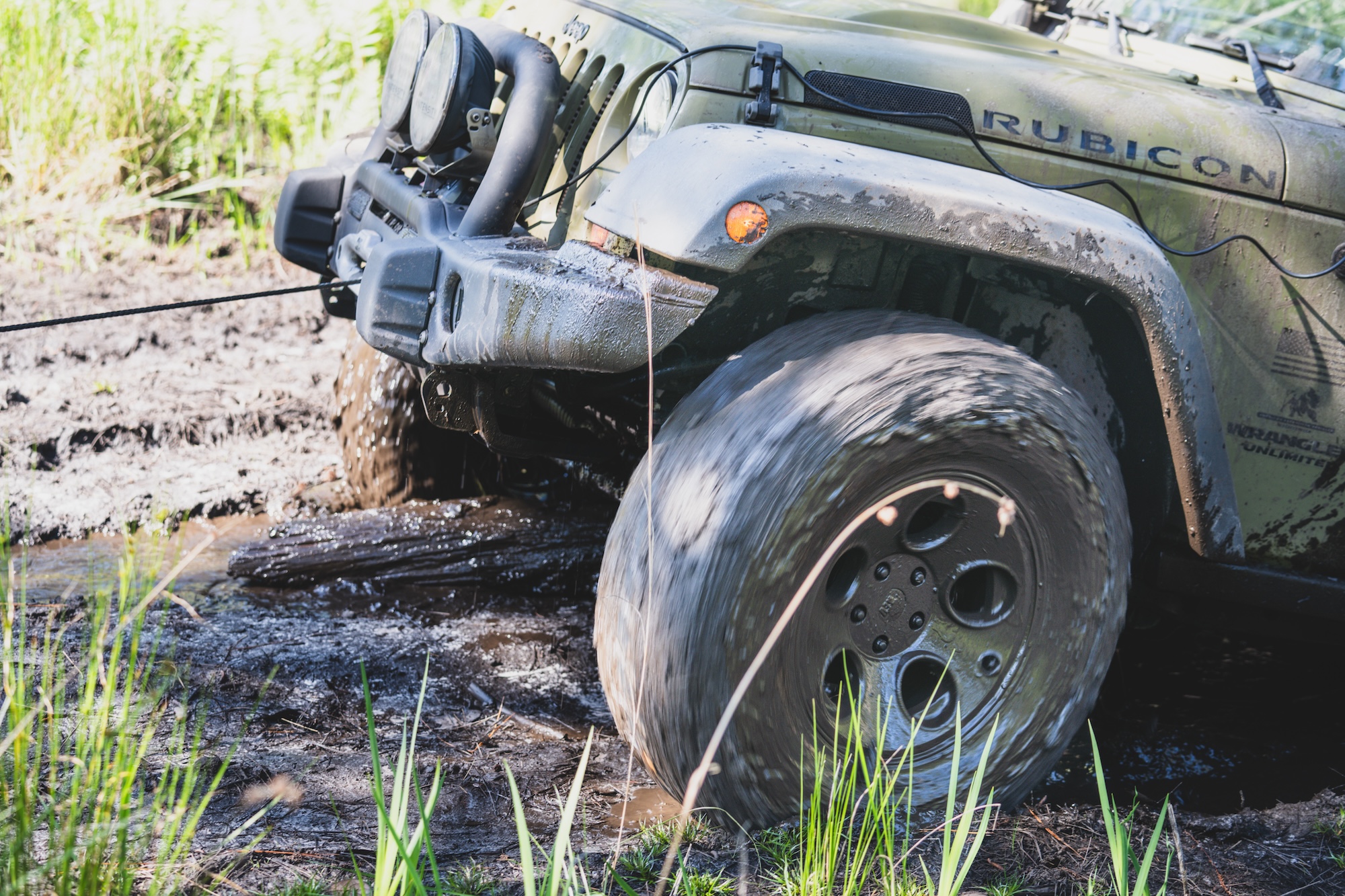
When conducting a vehicle recovery using a winch, aid the process (in most scenarios) by also driving forward slowly and turning the wheel back and forth to help the tires hunt for traction. 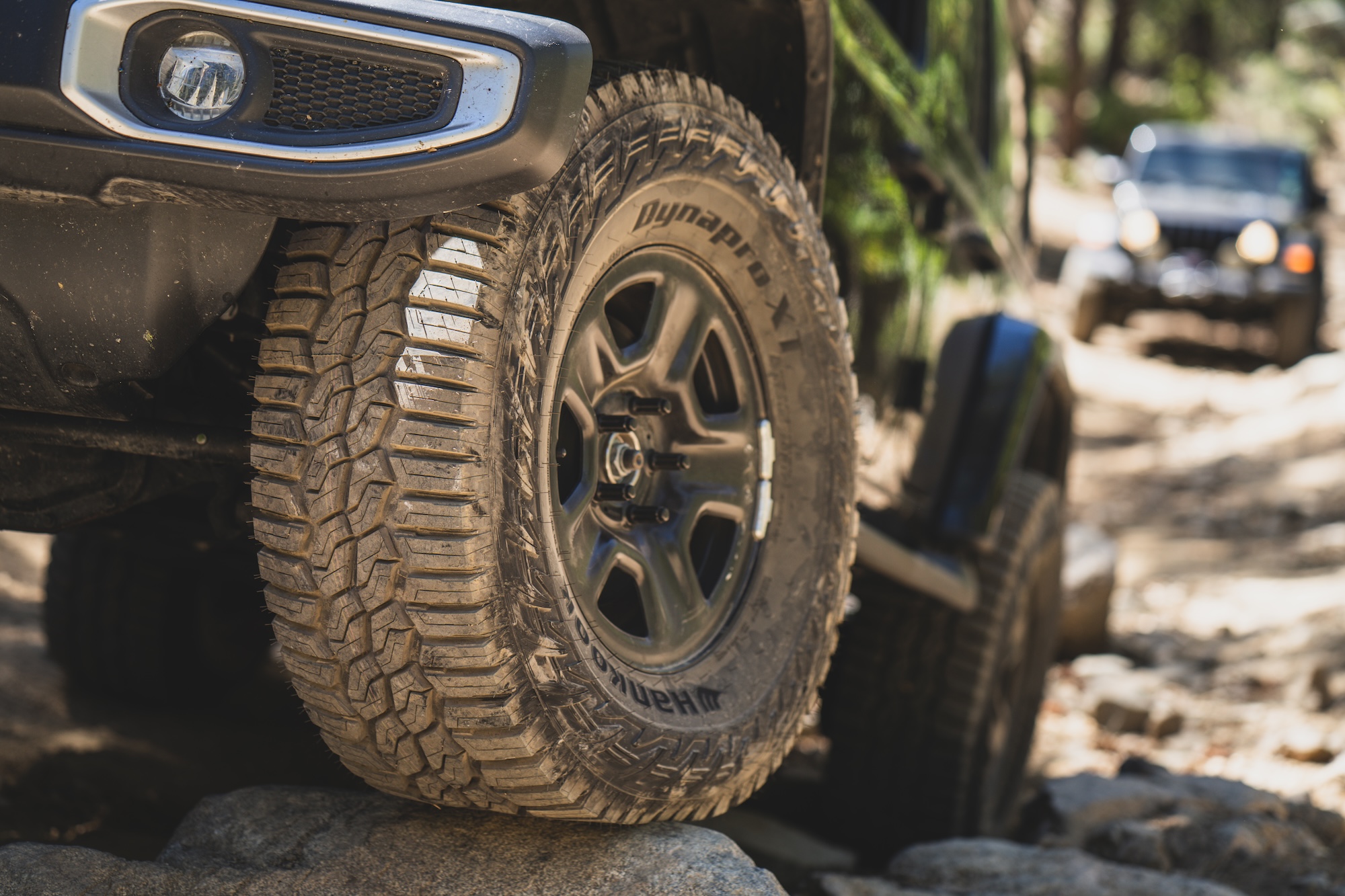
Vehicle-to-vehicle recoveries happen on the rocks too, buy they are slow and controlled in most situations, relying less on kinetic forces and more on clear communication and precise inputs. 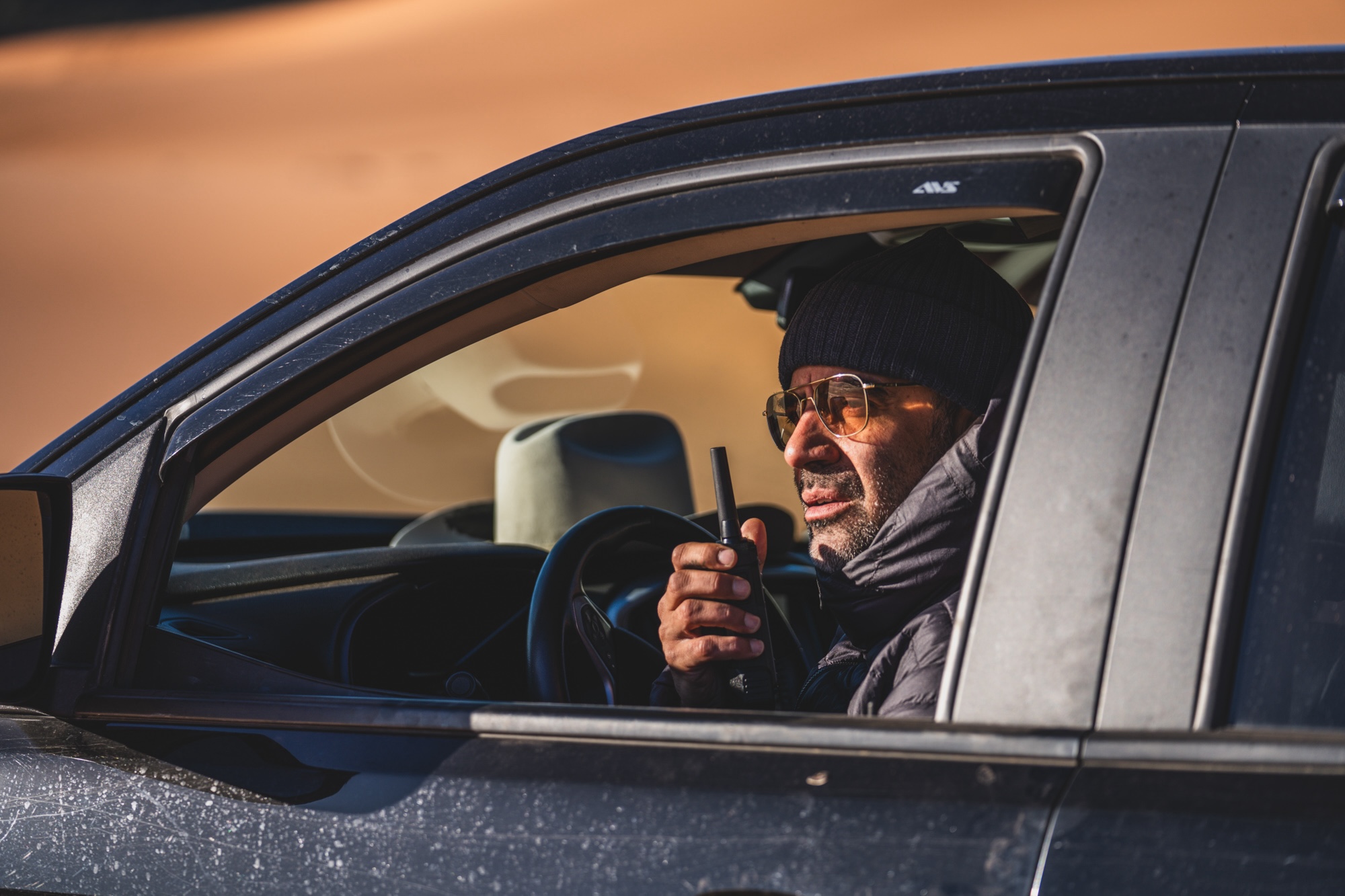 For overlanding recovery techniques, clear communication is essential and best accomplished with a HAM or GMRS radio. Practice often so that the team is a well-oiled machine when a real stuck situation arrises.
For overlanding recovery techniques, clear communication is essential and best accomplished with a HAM or GMRS radio. Practice often so that the team is a well-oiled machine when a real stuck situation arrises.


